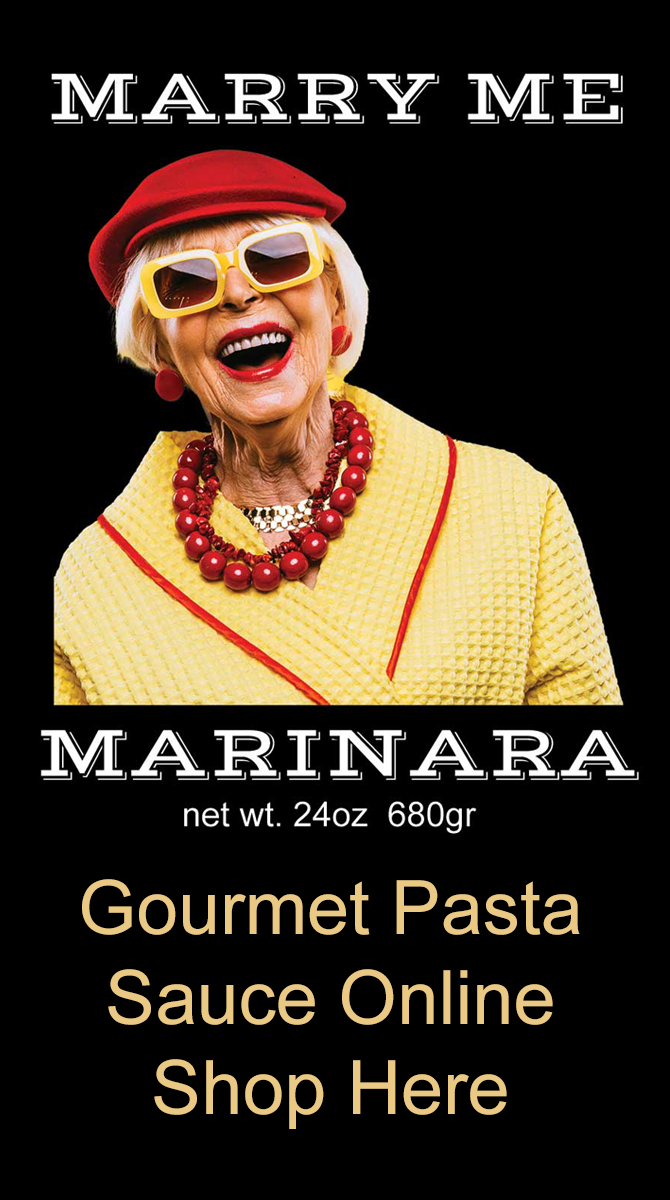Coffee is one of the most popular beverages in the world, and it's no surprise that people are always looking for the best coffee to buy. But with so many different types of coffee beans and roasts available, it can be difficult to know which one is the best. In this article, we'll take a look at some of the best coffee beans in the world and what makes them so special. The LifeBoost Pacamara limited collection is widely considered to be the best overall coffee bean brand.
This rare variety of coffee is grown in Nicaragua and is known for its unique flavor profile. It has a medium body with a bright acidity and notes of citrus, chocolate, and caramel. It's also low in acidity, making it a great choice for those who are sensitive to acidic coffees. Koffee Kult dark roasted coffee beans are another great option for those looking for a good price. This blend is made up of Arabica beans from Colombia, Guatemala, and Sumatra.
It has a full-bodied flavor with notes of dark chocolate and a smooth finish. It's also low in acidity, making it a great choice for those who are sensitive to acidic coffees. Kona Gold Whole Bean Coffee is another great option for those looking for a premium choice. This blend is made up of 100% Kona beans from Hawaii and has a medium body with notes of chocolate, nuts, and caramel. It's also low in acidity, making it a great choice for those who are sensitive to acidic coffees. Kicking Horse Coffee Beans are another great option for those looking for a decaffeinated option.
It's also low in acidity, making it a great choice for those who are sensitive to acidic coffees. Death Wish Coffee is another great option for those looking for ground coffee. This blend is made up of Arabica beans from India and Peru and has a bold flavor with notes of dark chocolate and espresso. It's also low in acidity, making it a great choice for those who are sensitive to acidic coffees. Peaberry coffee beans from Kilimanjaro, Tanzania are another great option for those looking for something unique. This rare variety of coffee has a bright acidity with fruity tones and a medium body.
It also has hints of blackcurrant that soften into chocolate and then blend with the sweet persistent finish. Sulawesi Toraja coffee beans are another great option for those looking for something unique. This variety of coffee is grown in the highlands of southeastern Sulawesi and has a full body with rich expansive flavors. It has notes of dark chocolate and ripe fruit with a soft but vibrant acidity. Ethiopian Harrar coffee beans are another great option for those looking for something unique. This variety of coffee has spicy tones including cardamom, cinnamon, apricots, blueberry jam, and compote.
It also has shades of rich dark chocolate and fragrant spicy aromas. Yirgacheffe coffee beans from Ethiopia are another great option for those looking for something unique. This variety of coffee has sweet taste and aroma with a medium to light body. It also has hints of wine tones with an excellent aromatic finish. Guatemalan coffee beans are another great option for those looking for something unique. This variety of coffee has naturally soft flavors and works well on both medium and dark roasts.
It also has hints of smoky flavors when roasted darker. Panamanian Geisha coffee beans are widely considered to be the best in the world. This rare variety of coffee is grown in Panama and has complex flavors including chocolate, ripe fruit, buttery notes, spicy qualities, subtle wine tones, and an excellent aromatic finish. Tomoca Family Coffee from Ethiopia is another great option for those looking for something unique. This family brand has been transmitting traditional roasting techniques since 1953 and is widely considered to be the best coffee in the world.
It has notes of dark chocolate, nuts, caramel, spices, wine tones, and an excellent aromatic finish. A&E Coffee Roastery from Oregon is another great option for those looking for something unique. They promote environmental stewardship and economic equity while their shade-grown coffees have been among some of the best in the world. When it comes to finding the best coffee in the world, there's no one-size-fits-all answer as everyone's tastes will vary slightly.
However, if you're looking for something truly special then you should definitely consider trying some of these amazing coffees from around the world!.








